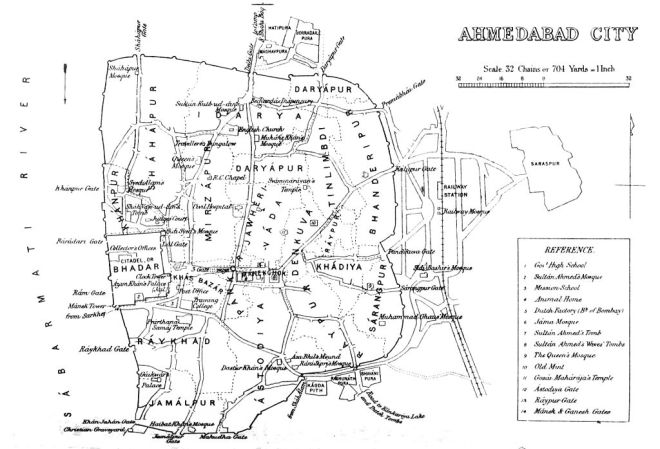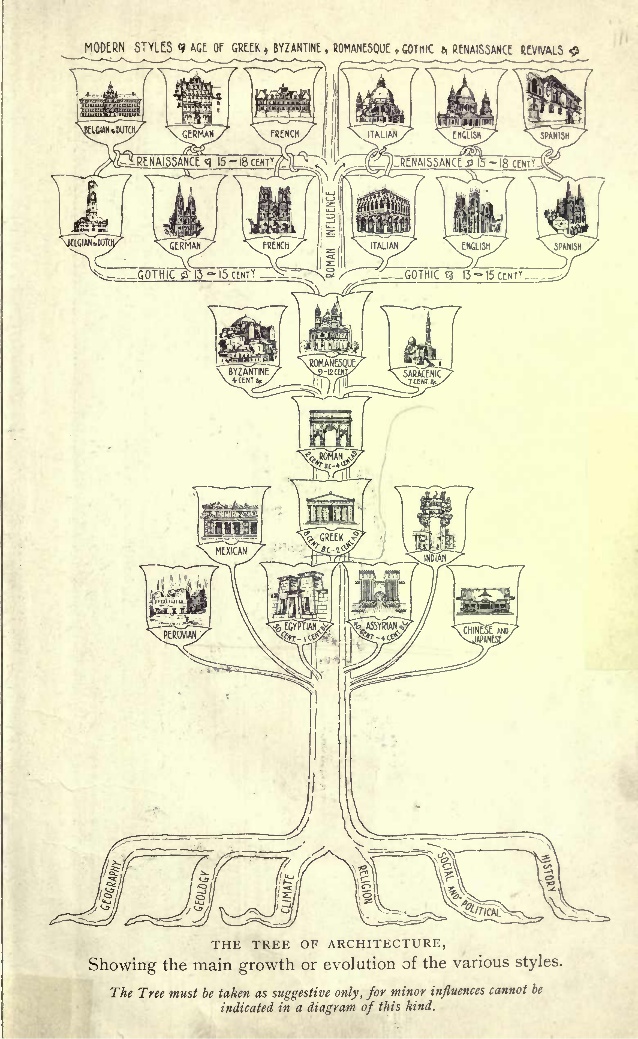
Amdavad no Itihash was written by maganlal Vakhatchand in the year 1851. It was written during the time of sudharavadhi movement when they were trying to unifying various dialects of Guajarati under one common amdavadi one. This text was thus written in amdavadi Guajarati dialect for elites of amdavad.
Architecture of Ahmedabad, History of goozerat is an English text written in the year 1896 to understand amdavad and convey the architectural details of the place to the people in Britain.it is primarily written for the purpose of documentation of the Islamic architecture in Ahmedabad.
Maganlal vakhatchand won the competition held by Gujarat vernacular society to write the history of amdavad, funded by British. May be because of the funding, British are portrayed as the good guys with Marathas as the bad rulers in this regional history
Being just a visitor to the places and trained in a positivist view of historiography, burgess covered only facts and details based on evidences. He describes the places on plan, conveys their dimensions and style of architecture. Then he goes into the architectural details of the place associating the existing place with the terminologies like courtyard and skylight, which lets them understand the purpose of the place and associate with it. But in that process, he loses out on conveying the importance of local terminologies used and the greater association the people have with the place. He also covered only the building he thought was important for Islamic architecture leaving out the domestic architecture that was prevalent during that time
Vakhatchand, being a native, wrote about the life of that place has and Included myths and folk tales associated with the history of the place .While he does cites sources for his writing, vakhatchand doesn’t get burdened by the need of evidence and gives his views as a person part of the history. He also describes the places in amdavad with regards to how one accesses it and gives an experiential description of the place, concentrating on smaller details like a window. While describing how to access Jami masjid, he starts by describing how to access the place from manek chowk, like any native would do.
History has always been interpreted as a record of facts, but the view is changed when these books are read simultaneously. Even though both are written on history of amdavad, with the difference in the audience, the books are catering, their content and style of description and details vary.
By comparing these texts, one is curious as to what is the right way to write histories, whether the historian’s personal feel of the place plays a part in the description or should it be a mere objective architectural description of the place? The history of the place will always be the glimpse of what existed and conveyed with one line of thought. Thus the focus will always be on one aspect of it, leaving out others, giving different histories of the same place
[495 words]
 Anyone who has ever studied architecture would have definitely refereed to this book once in their life. Considered a primary and essential reference reading to understand history of architecture, it is interesting to see the transformation, the book has undergone form its conception to its present condition today.
Anyone who has ever studied architecture would have definitely refereed to this book once in their life. Considered a primary and essential reference reading to understand history of architecture, it is interesting to see the transformation, the book has undergone form its conception to its present condition today.